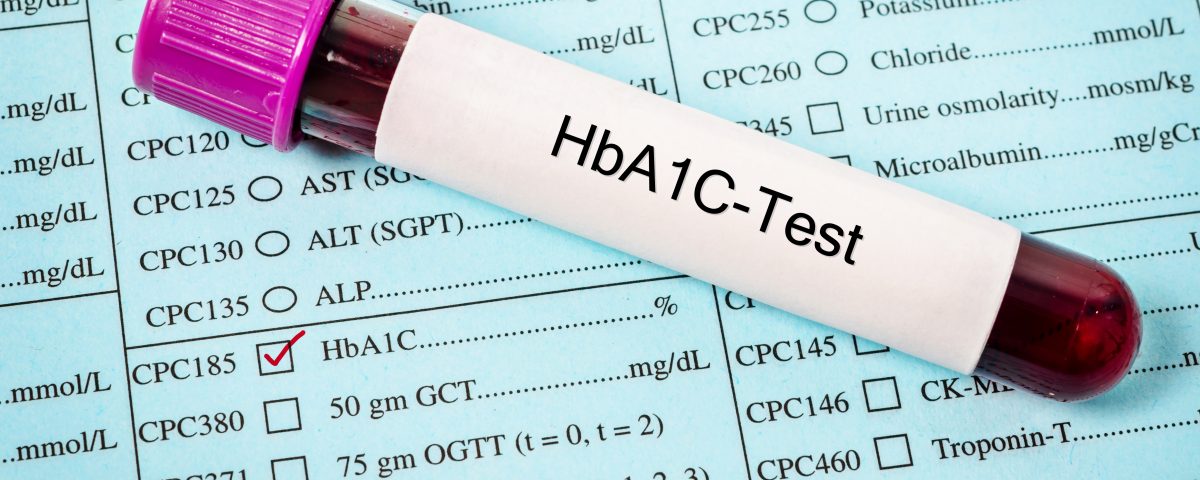
Hemoglobin A1c test with sample blood in blood tube.
Introduction
In the modern world, where unhealthy lifestyles and processed foods are increasingly prevalent, diabetes has become a global health concern. The importance of monitoring blood sugar levels cannot be stressed enough, and one key marker that should be regularly checked is Hemoglobin A1c (HbA1c). In this blog post, we’ll delve into why monitoring HbA1c is crucial for preventing diabetes and how it can help individuals take control of their health.
Understanding Hemoglobin A1c
Hemoglobin A1c, often referred to as HbA1c or simply A1c, is a vital indicator of long-term blood sugar control. It measures the average blood glucose level over the past two to three months, offering a more comprehensive picture than daily glucose tests. This makes it an excellent tool for assessing an individual’s risk of developing diabetes and tracking progress in managing the condition.
-
1. Early Detection of Diabetes –
One of the primary benefits of monitoring HbA1c is the ability to detect prediabetes. Prediabetes is a condition where blood sugar levels are elevated but not yet in the diabetes range. By identifying elevated HbA1c levels in the prediabetes range, individuals can take proactive steps to prevent the progression to full-blown diabetes. Lifestyle changes such as improving diet and increasing physical activity can be incredibly effective in preventing diabetes when initiated at this stage.
-
2. Risk Assessment –
Regular HbA1c monitoring allows healthcare professionals to assess an individual’s risk of developing diabetes. High HbA1c levels indicate poor blood sugar control and an increased risk of diabetes. This information can motivate individuals to make necessary lifestyle changes to lower their risk factors.
-
3. Treatment Evaluation –
For individuals already diagnosed with diabetes, monitoring HbA1c provides crucial feedback on the effectiveness of their treatment plan. It helps both patients and healthcare providers determine if the current approach is working or if adjustments are needed. Consistently high HbA1c levels may indicate the need for more aggressive management, while consistently low levels may suggest the possibility of reducing medication dosages.
-
4. Goal Setting and Motivation –
HbA1c levels can serve as a benchmark for setting achievable blood sugar control goals. Knowing that their efforts are directly impacting their HbA1c levels can motivate individuals to make healthier choices and stick to their treatment plans. This empowerment can lead to improved overall health outcomes.
-
5. Long-term Health Preservation –
Uncontrolled diabetes can lead to a host of serious health complications, including heart disease, kidney problems, nerve damage, and vision issues. Monitoring HbA1c and maintaining it within a target range can significantly reduce the risk of these complications. It’s a proactive step towards preserving long-term health and well-being.
Conclusion
In the battle against diabetes, knowledge is power. Monitoring Hemoglobin A1c is a critical tool for early detection, risk assessment, and ongoing management of diabetes and prediabetes. By regularly tracking this important marker, individuals can take control of their health, make informed decisions about their lifestyle, and work with healthcare professionals to prevent diabetes and its associated complications. Don’t wait until it’s too late; start monitoring your HbA1c today for a healthier tomorrow. Your future self will thank you.
Check out our diabetes panels that include Hemoglobin A1c:
Diabetes Test Package that includes Lipids, CBC, Metabolic Panel, A1c and Microalbumin
